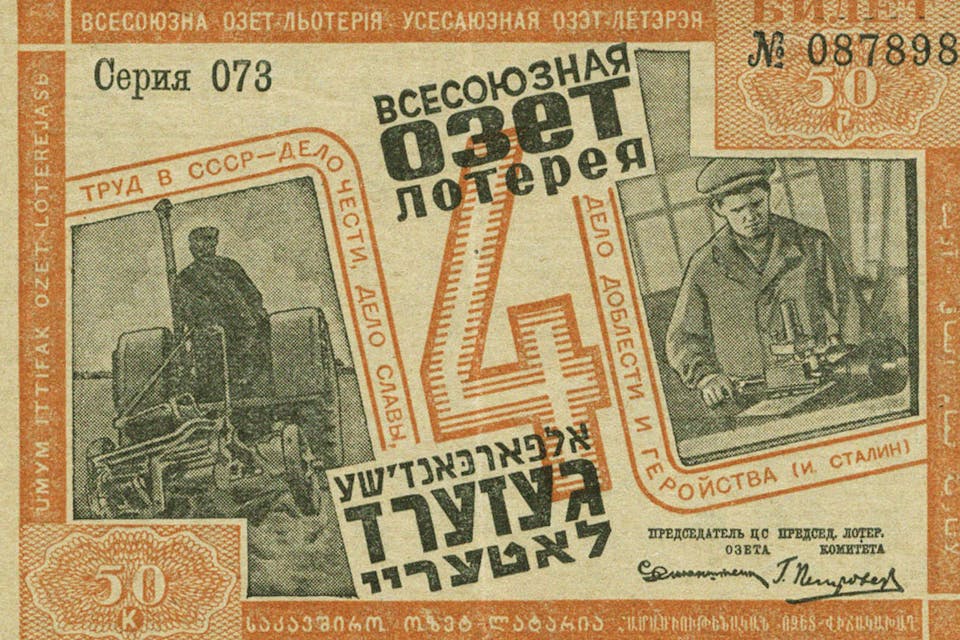
August 11, 2016
“Next Year in Birobidzhan!”
In 1928, a "Jewish autonomous region" was set up in the far east to provide a home for Soviet Jewry. But, as a new book describes, it was no solution at all.
Once upon a time, Birobidzhan was a name to conjure with. Today, few know what the word stands for.
In brief summary: a 1928 decision taken by the Communist-party leadership of the Soviet Union provided for the establishment of a “Jewish autonomous region” along the banks of the Amur River in the far east, close to the Chinese border. The underlying purpose was to solve the Soviet version of the “Jewish question,” or at least to contribute toward such a solution, by treating Jews like other ethnic or national minorities in Russia that had been similarly assigned their own autonomous regions in the patchwork of Soviet “republics.”
Following the government decision, several thousand settlers arrived from the poorer provinces of the USSR, supplemented by a few hundred idealists from abroad, including the U.S. They were mainly Yiddish speakers, and indeed Yiddish (along with Russian) was the language in which all of the local affairs were to be conducted. As for the envisioned economic base, it was partly industrial, especially the manufacture of farming equipment, but mainly agricultural.